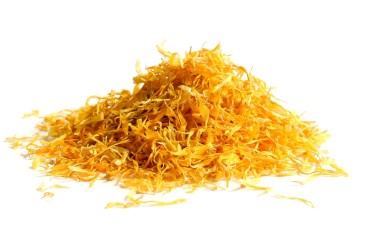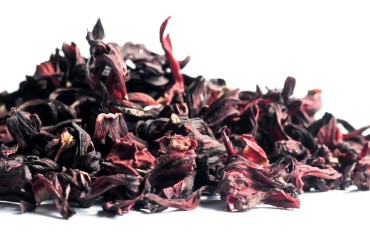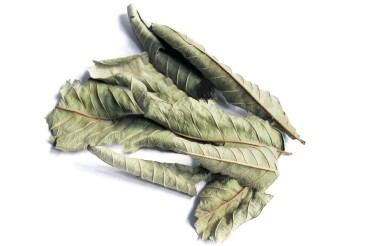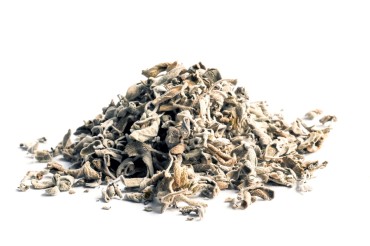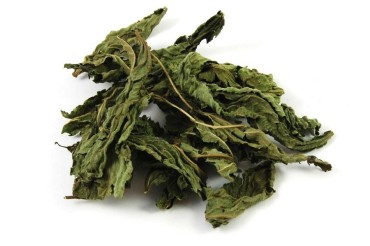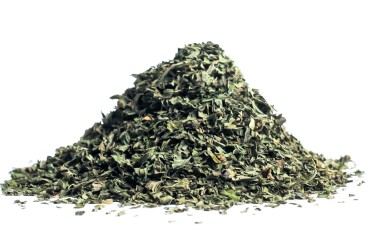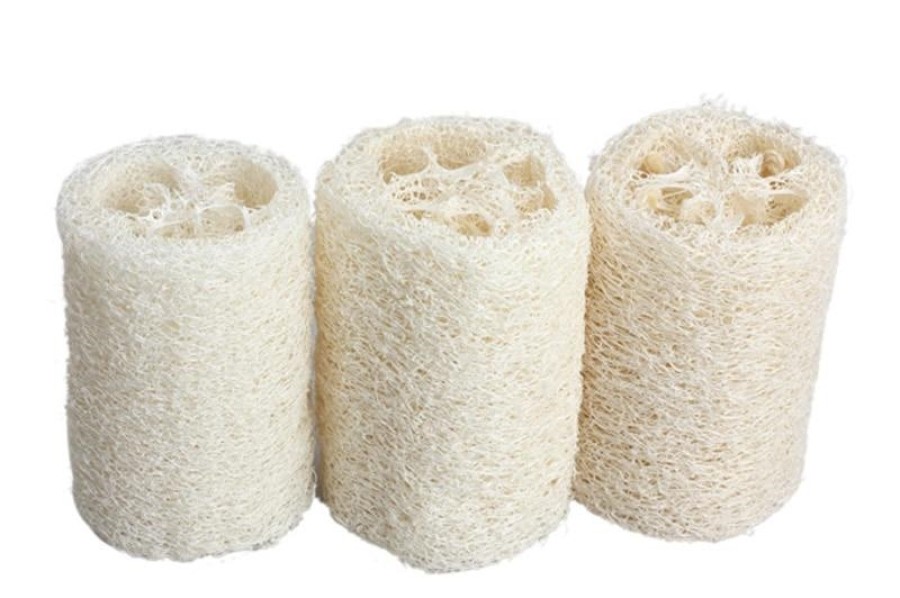
Overview
Kale is a member of the cabbage family - and those of broccoli, cauliflower and collard greens - and a relatively popular vegetable, even more so now that we’ve firmly established the era of healthy eating.
Common Uses
The most commonly consumed form of kale is the Scots kale, which has green and curly leaves. Not many people make use of the fibrous stem though. It is among the most nutrient dense foods on the planet and consuming this has only advantages to your health. It is high in nutrients and low in calories, with popular uses being kale chips – where you drizzle olive oil on the kale, add seasoning and bake in the oven until it is dry and crispy. It is also very commonly used in health smoothies. It is a type of vegetable that can easily be fermented and pickled for long lasting storage.
Recommended Storage
The most important point is that dried herbs and spices can never go bad if they are kept dry. Yes, the potency is lost, but it will still influence the flavor of your cooking.
Seeds, roots, leaves and flowers last longer than crushed or ground herbs and spices. When you are preparing to store your dry herbs and spices it is vital that they are completely dry. A good indication is to rub it with your finger to check if it crumbles. As oxygen degrades dried herbs and spices over time, you should store them in airtight containers. Glass jars with sealable lids are perfect, and so are metal tins. Plastic won’t do for long terms storage. Sunlight also degrades dried herbs and spices; therefore, it should be stored in a dark cabinet that is both cool and dry. If your spice rack is near the stove or cooker, steam will degrade your herbs and spices each time you open the container while cooking. When buying in bulk, you should always store only some of the dried herbs and spices in a glass or metal container. Each time you open it, it is exposed to the elements. When buying in bulk it is useful to label your containers with the purchase date and discard date.
- Purity:
100% pure - Packaging:
In polypropylene bags or paper bags as per quantity request

